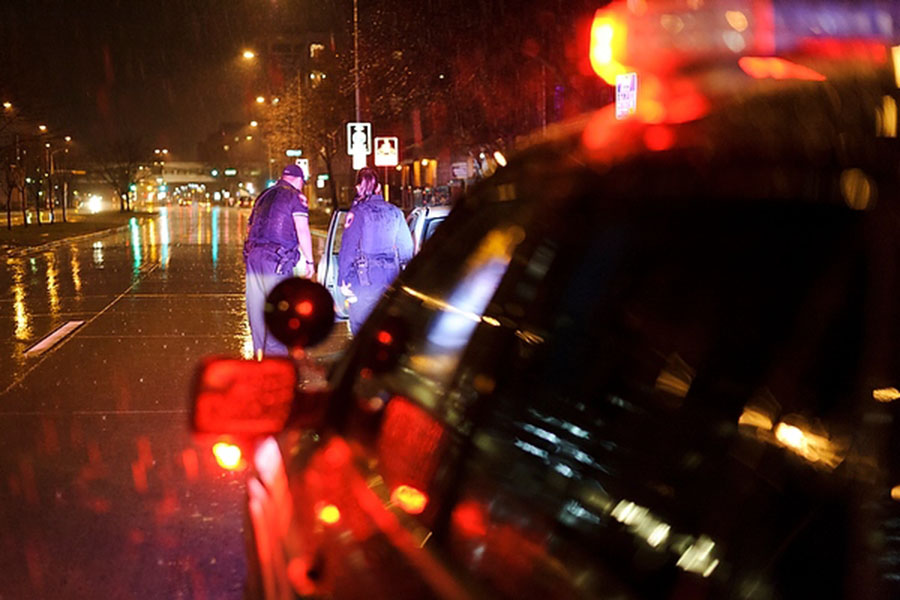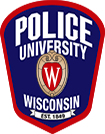 Most of us have been there. You’re driving along with the windows rolled down and belting out Dancing Queen at the top of your lungs when you notice the red and blue lights in your rearview mirror (okay, maybe that was just me…). Perhaps you were driving a bit too fast or maybe you meant to get to the DMV yesterday after work to renew your registration — but life got in the way. It happens, and so do traffic stops. Allow me to provide some clarity about what we do, why we do it, and how you should handle a traffic stop.
Most of us have been there. You’re driving along with the windows rolled down and belting out Dancing Queen at the top of your lungs when you notice the red and blue lights in your rearview mirror (okay, maybe that was just me…). Perhaps you were driving a bit too fast or maybe you meant to get to the DMV yesterday after work to renew your registration — but life got in the way. It happens, and so do traffic stops. Allow me to provide some clarity about what we do, why we do it, and how you should handle a traffic stop.
The Police
It’s important to remember police officers are trained not to treat any traffic stop as “routine.” It doesn’t mean we think everyone we stop is dangerous or wants to hurt us, it just means we have no idea who you are until we get to the vehicle and we have to make sure we are keeping ourselves safe. Police officers will often direct a lot of light in the direction of the stopped car to ensure we can see inside, and we will touch the trunk of your vehicle to confirm the trunk is secure. We may ask a lot of questions about where you were coming from or where you’re headed, and this is pretty standard. You’d be surprised what people say sometimes (i.e. I just came from a downtown bar and I had 15 beers)!
We will always ask for your driver’s license, and, depending on the officer, maybe your insurance and registration as well. We go back and check your data to make sure you have valid driving privileges and aren’t on the FBI’s most wanted list. If everything is okay and you’re only receiving a citation or written warning, you should be free to leave in 20 minutes or less. A verbal warning will have you on your way much more quickly (although sometimes the rookies can be a bit slow…).
You
These tips will make your traffic stop as smooth as possible. Most importantly, remember to pull over as quickly as it is safe to do so. State law makes it a crime to continue driving any longer than it takes to safely pull over after an officer has activated their lights. If the officer doesn’t think the location where you stopped is safe, they’ll change the location. Make sure you remain in your vehicle, and place your hands on the steering wheel until the officer gets up to the car. If it’s night time, perhaps consider turning on your dome light and rolling down the windows so the officer can see inside your car. Don’t reach for anything until the officer instructs you, or you ask permission. Remember that the officer has just met you and doesn’t always know everyone’s intentions! Lastly, don’t argue about a citation during the stop. All citations will have a court date where you can contest the circumstances leading to the stop. These simple tips will ensure the stop is smooth for you and the officer.
Don’t hesitate to reach out to the UWPD if you have any questions or concerns about traffic stops! UWPD officers receive lots of training on how to conduct traffic stops safely, efficiently, and professionally. Remember — traffic stops play an important role in crime prevention and reducing motor vehicle accidents.
Drive safe!
